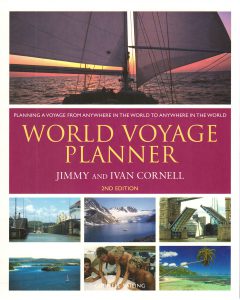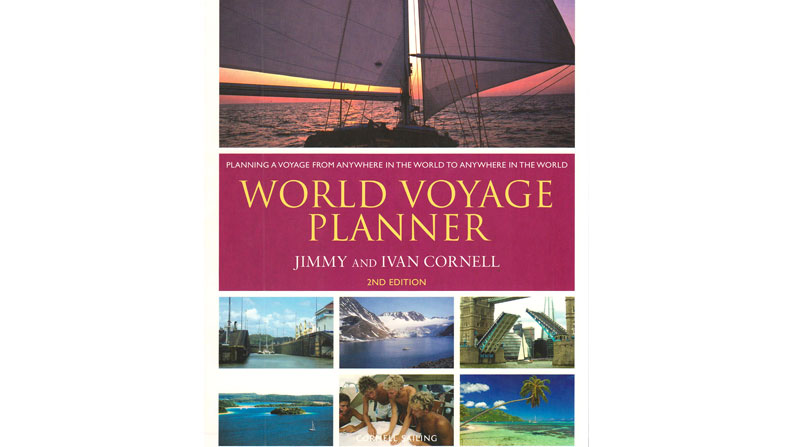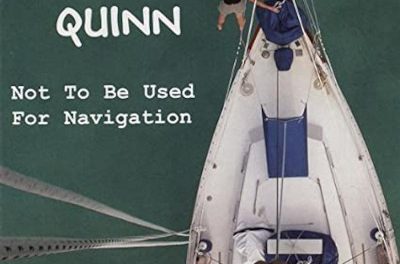 Buying, studying, and carrying this book onboard should be mandatory for anyone contemplating a long-distance voyage on any of the world’s oceans. Jimmy Cornell definitely knows his stuff. Over the past few decades, he and his family have made numerous trips all over the world. Additionally, for this book he also asked almost 60 other highly-experienced cruisers for input and incorporated their knowledge into practical ideas for planning, preparation, and — perhaps most importantly — actually getting out there and sailing to those distant locations most of us just dream about.
Buying, studying, and carrying this book onboard should be mandatory for anyone contemplating a long-distance voyage on any of the world’s oceans. Jimmy Cornell definitely knows his stuff. Over the past few decades, he and his family have made numerous trips all over the world. Additionally, for this book he also asked almost 60 other highly-experienced cruisers for input and incorporated their knowledge into practical ideas for planning, preparation, and — perhaps most importantly — actually getting out there and sailing to those distant locations most of us just dream about.
The book reflects practical considerations, such as the proper number of crew (or whether it is advisable to have non-family crew on board at all), the comparative advantages of sailing in rallies versus making single-vessel voyages, the best times to make passages to the various destinations described in the book, places to head if an emergency stop is required, etc. Also, the destinations covered aren’t just the “usual suspects” of the Caribbean, Mediterranean, and South Pacific, but include such interesting locales as the Northwest Passage, Antarctica, and the Southern Ocean, to name just a few. To provide insight and interest to the discussions of topics and destinations, there are sidebars where cruisers provide personal stories to illustrate the points being made in the main text (e.g., a rundown of one boat’s annual cruising costs, how one sailor dealt with losing the engine almost immediately after leaving port, or tales of cruising the Amazon or Danube). Thist definitely makes the information “come alive.”
One of the most frequently-used illustrations in the book is the pilot chart wind rose, which thankfully is explained early on (pages 2-3). It took me a while to figure them out, but once I got used to them and “broke the code,” they were fairly intuitive. While the copy of the book I reviewed had some errors (e.g., in the Foreword, a sentence simply ended in mid-thought and another one started with no punctuation or break between the two), they were relatively minor and didn’t seriously detract from the readability of the book as a whole. If I could change anything in the book, however, I think it would be the lack of captions to accompany the illustrations. Some of the photos are quite interesting, but there were times when the text doesn’t mention what the reader is looking at, and there are often no captions for the pictures (although some pictures do have captions).
I would highly recommend this book to sailors anywhere. Even if you will probably never make it to Tahiti, there’s enough practical information included to enhance your sailing experience or at least give you something to dream about on a cold winter night.
World Voyage Planner by Jimmy Cornell (Cornell Sailing, Ltd., Distributed in North America by Paradise Cay Publications, 2012; 342 pages)





